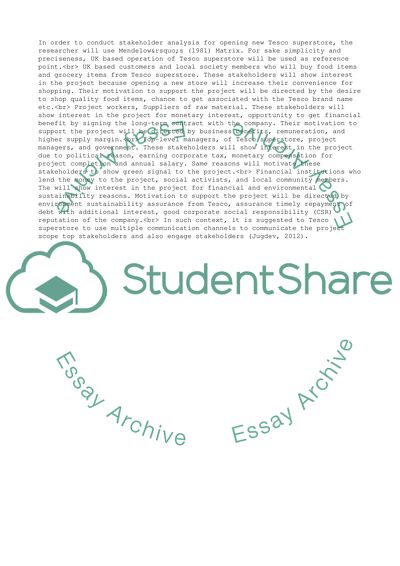Cite this document
(“The Project to Open a New Tesco Superstore Case Study”, n.d.)
Retrieved from https://studentshare.org/business/1627790-the-case-study-is-about-a-project-to-open-a-new-tesco-superstore
Retrieved from https://studentshare.org/business/1627790-the-case-study-is-about-a-project-to-open-a-new-tesco-superstore
(The Project to Open a New Tesco Superstore Case Study)
https://studentshare.org/business/1627790-the-case-study-is-about-a-project-to-open-a-new-tesco-superstore.
https://studentshare.org/business/1627790-the-case-study-is-about-a-project-to-open-a-new-tesco-superstore.
“The Project to Open a New Tesco Superstore Case Study”, n.d. https://studentshare.org/business/1627790-the-case-study-is-about-a-project-to-open-a-new-tesco-superstore.


